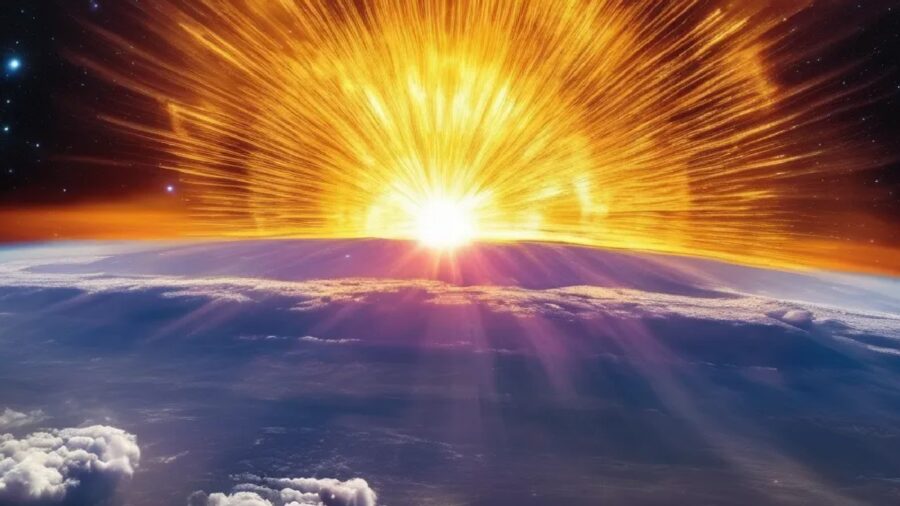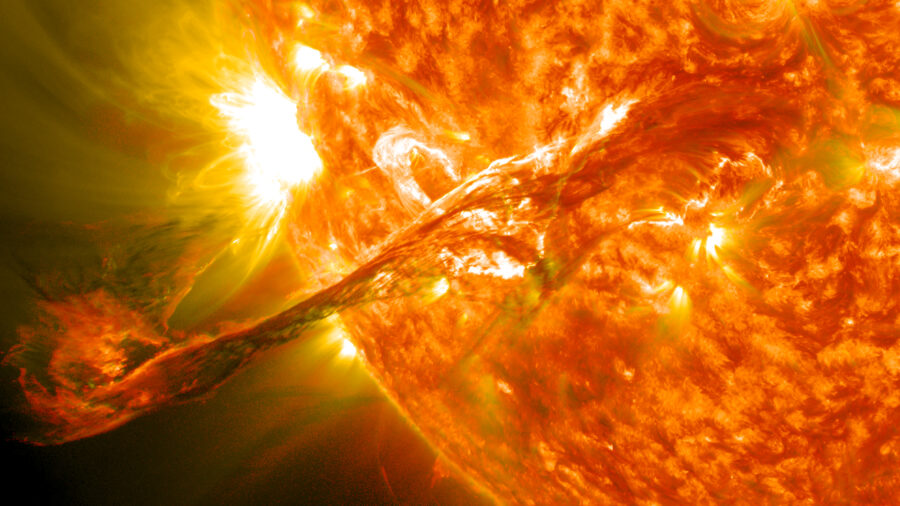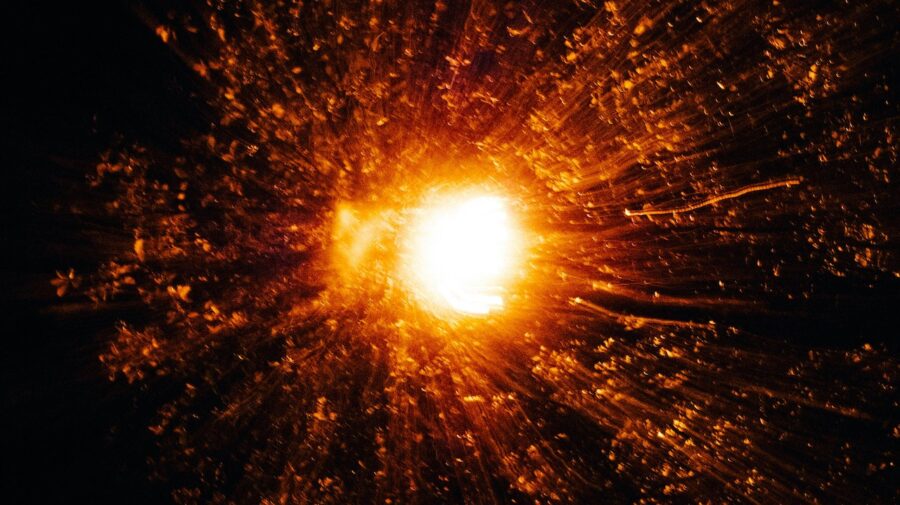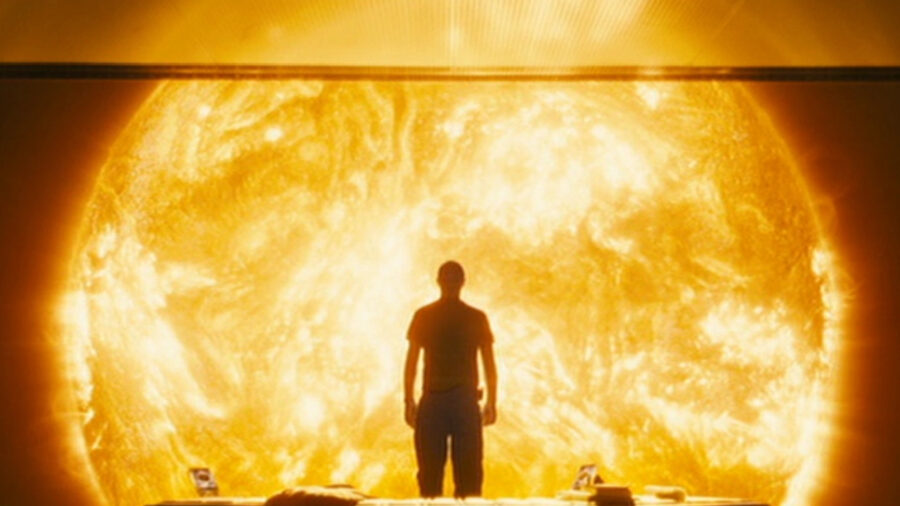Massive Solar Flare Expected To Strike Earth Imminently

Scientists have revealed that the Earth will be struck with an enormous solar flare that is being categorized as a “rule breaker” by astronomers. Though the planet experiences multiple events similar in nature to the one that’s estimated to reach our atmosphere on Saturday, the sheer size of this one is enough to raise some eyebrows in the scientific community. It’s expected that this potentially disruptive beam from Earth’s nearest star is among the largest classifications.
Class X Solar Flare

Categorized as a Class X solar flare, this event began early on August 14 when the sun erupted with a burst of energy that peaked at 2:40 a.m. EDT and disrupted shortwave radio transmissions over Asia and parts of the Indian Ocean. Hailing from the AR3784 sunspot, the solar flare is a rare exception among these occurrences due to the polarity of its origin.
Hale’s Law

A typical sunspot follows Hale’s Law, a notion that all sunspots that hit above the Earth’s equator are polarized -+. The particular sunspot that this solar flare is originating from is polarized ±, a difference of 90 degrees. Considered to be an anomaly, this sunspot is among only 3 percent that have a varying type of polarization.
Magnetic Polarities

But what makes this sunspot even more uncommon is that of the few that deviate from Hale’s Law, nearly all show a reversed polarity of +-. Sunspot AR3784 is considered by scientists to be an ultra-rare type that “corkscrews” magnetic polarities together.
When this happens, the opposites that are forced together too tightly explode into a powerful solar flare, which is what happened on August 14.
For those who might have snoozed during astronomy class, a solar flare is when the sun’s gaseous surface experiences explosions from the magnetic energy that has been contained and compressed for too long.
These events are sorted into varying classes, beginning with the A-Class flares. The weakest category of this event has zero impact on the Earth.
Different Classes

B-Class solar flares are 10 times stronger, followed by C-Class, M-Class, and finally the X-Class. The latter classification often coincides with a burst of plasma inside a massive magnetic field that also gets emitted from the sun.
Known as a coronal mass ejection, these carry electrically charged particles to the Earth on a collision course with our planet’s magnetosphere.
When these particles (known as ions) hit the Earth they interact with the planet’s gasses and release a level of energy that can be captured by the naked eye in certain regions.
An aurora borealis or aurora australis, depending on what hemisphere you’re looking from, can be seen as these bursts of light erupt from the solar collision.
Communication Disruptions

If a solar flare is strong enough it can create a disruption in any communication that relies on short-wave radio signals. These high-frequency waves are what is used to send signals over long distances. Fortunately, these solar flare events usually only cause brief and minor delays and won’t disrupt a person’s day for long.
Solar flares are also not harmful to the human body inside of the Earth’s atmosphere, though the radiation emitted from them could be harmful to astronauts in space.
Sources: Knowable Magazine, NASA











